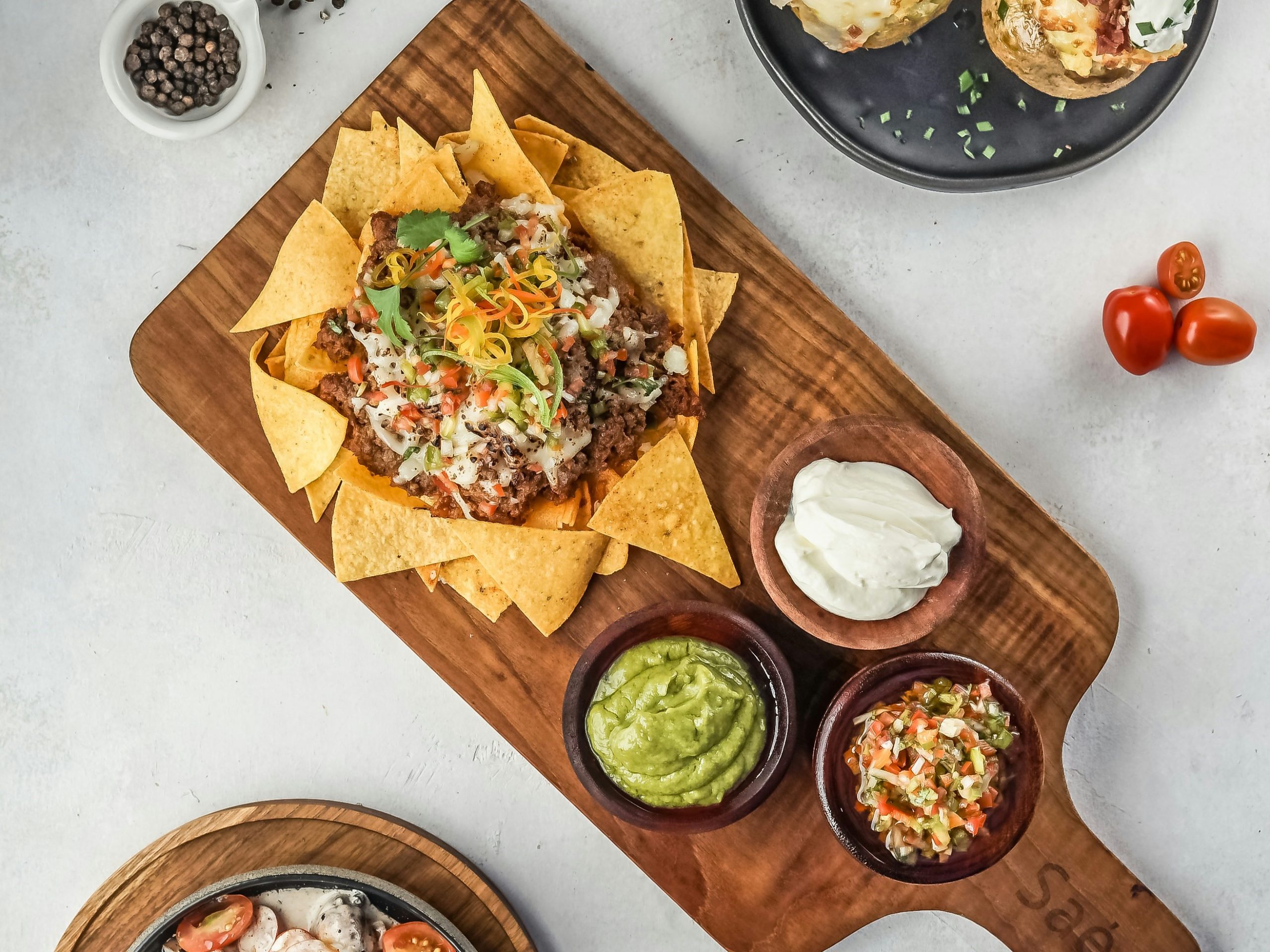Air fryers have become a popular kitchen appliance, but with so many types available, it can be challenging to choose the right one for your needs. This guide will help you understand the different types of air fryers, their features, and what to consider when making a purchase.
1. Basket Air Fryers
Overview: Basket air fryers are the most common type and are known for their simplicity and ease of use. They feature a removable basket where the food is placed.
Pros:
- Compact and space-saving
- Easy to clean
- Great for small to medium-sized meals
Cons:
- Limited cooking capacity
- Requires shaking or flipping food for even cooking
Best For: Individuals or small families looking for a straightforward, easy-to-use air fryer for everyday meals.
2. Oven-Style Air Fryers
Overview: Oven-style air fryers resemble a small convection oven and often come with multiple racks and a larger cooking capacity.
Pros:
- Larger cooking capacity
- Can cook multiple items at once
- Often includes additional features like toasting, baking, and dehydrating
Cons:
- Takes up more counter space
- Generally more expensive
Best For: Larger families or those who want a versatile appliance that can replace multiple kitchen gadgets.
3. Paddle Air Fryers
Overview: Paddle air fryers come with a built-in paddle that automatically stirs the food, ensuring even cooking without the need for manual shaking or flipping.
Pros:
- Even cooking without manual intervention
- Ideal for stews, risottos, and other dishes that require stirring
Cons:
- Paddle can be cumbersome to clean
- Limited in the types of food it can cook effectively
Best For: Those who want a hands-free cooking experience and frequently prepare dishes that benefit from stirring.
4. Dual-Zone Air Fryers
Overview: Dual-zone air fryers have two separate cooking compartments, allowing you to cook different foods simultaneously at different temperatures and times.
Pros:
- Cook multiple dishes at once
- Separate temperature and time controls for each zone
Cons:
- Bulkier and requires more counter space
- More expensive than single-zone models
Best For: Busy households that need to prepare multiple dishes at the same time without flavor cross-contamination.
5. Air Fryer Toaster Ovens
Overview: These combine the functions of an air fryer and a toaster oven, offering a versatile cooking experience with additional features like toasting, baking, and broiling.
Pros:
- Multi-functional
- Larger cooking capacity
- Can replace several kitchen appliances
Cons:
- Takes up more counter space
- Generally more expensive
Best For: Those looking for a multi-functional appliance that can handle a variety of cooking tasks beyond just air frying.
Key Features to Consider
When choosing an air fryer, consider the following features:
- Capacity: Choose a size that fits your household’s needs. Smaller models are great for individuals or couples, while larger models are better for families.
- Functions: Look for additional cooking functions if you want more versatility from your air fryer.
- Ease of Cleaning: Removable, dishwasher-safe parts make cleaning much easier.
- Temperature Range: A wider temperature range offers more cooking options.
- Controls: Digital controls and preset programs can make cooking more convenient.
Understanding the different types of air fryers and their features can help you make an informed decision when purchasing one. Consider your cooking habits, kitchen space, and the size of your household to choose the best air fryer for your needs. Whether you opt for a compact basket air fryer or a versatile oven-style model, air frying can be a healthier and more convenient way to prepare your favorite meals.

